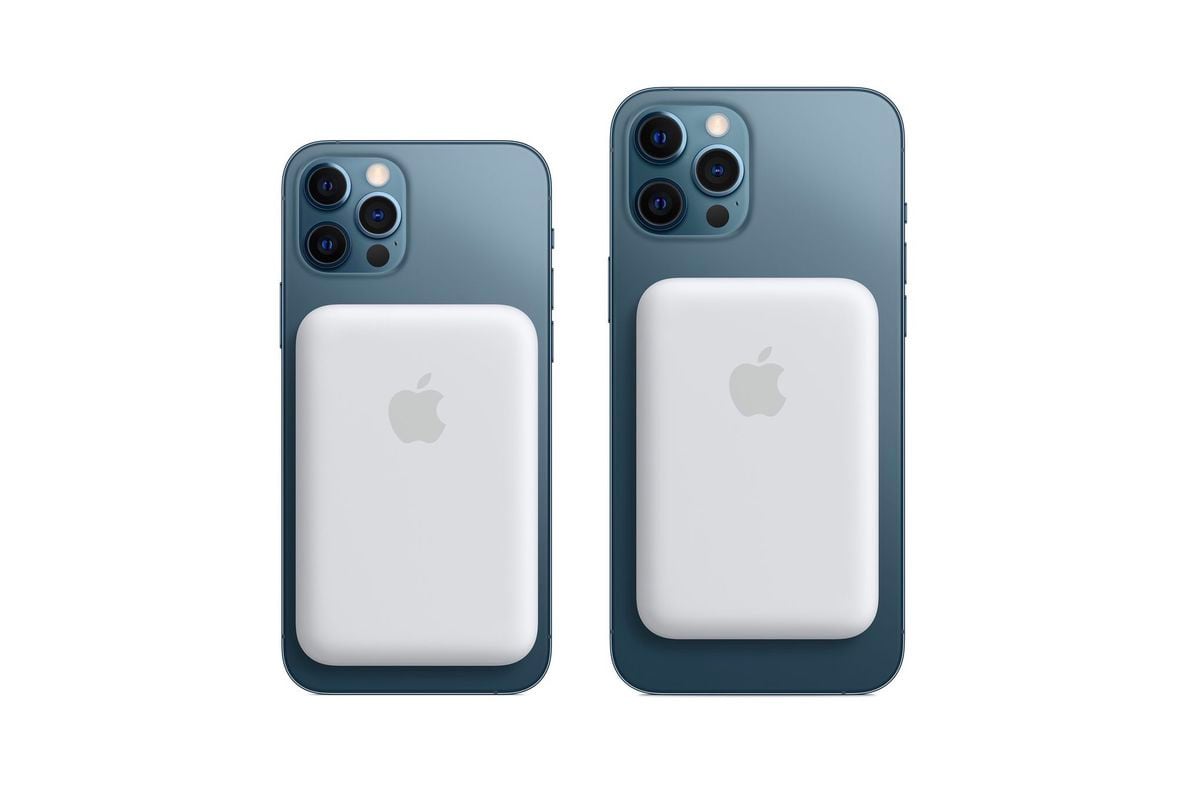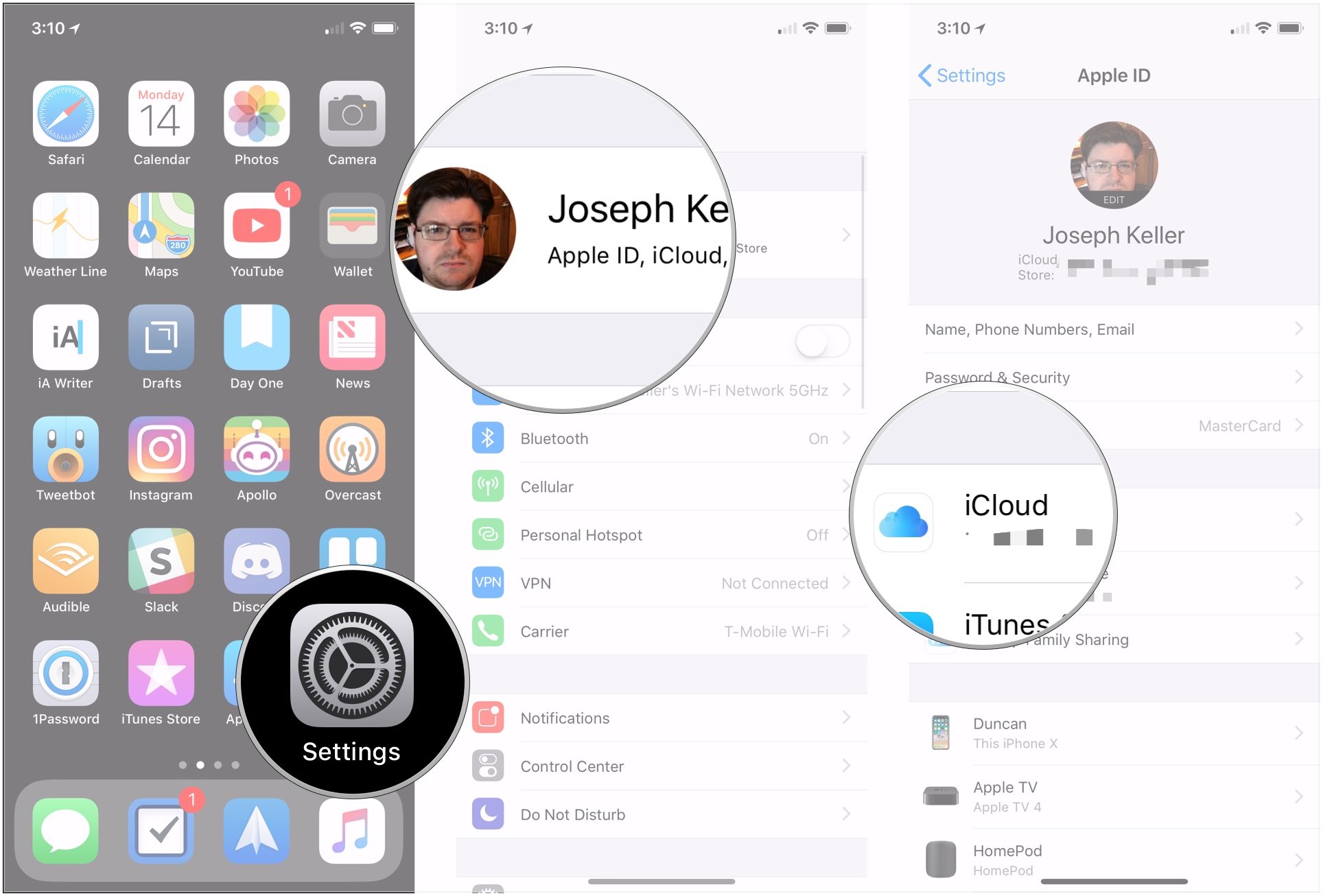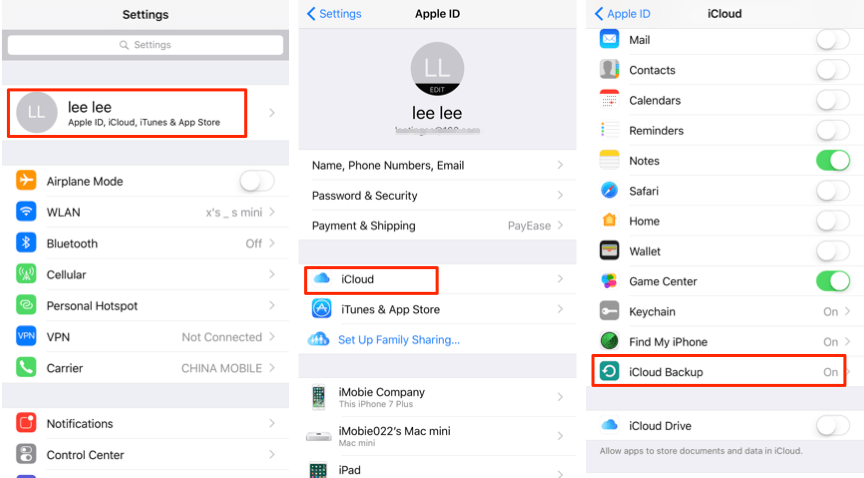

- #BACKUP APPLE PHOTOS ANDROID#
- #BACKUP APPLE PHOTOS SOFTWARE#
- #BACKUP APPLE PHOTOS PLUS#
- #BACKUP APPLE PHOTOS FREE#
However, one understated benefit of Amazon Prime membership is the ability to store an unlimited number of photos on your account.
#BACKUP APPLE PHOTOS FREE#
However, there are plenty of free cloud photo storage options available, which can be especially useful as a second backup to follow premium cloud accounts:Īmazon Prime customers receive a number of benefits, not least free delivery, Prime Video, Prime Music, and book borrowing from the Kindle Prime Library.

#BACKUP APPLE PHOTOS PLUS#
Picturelife, Adobe Creative Cloud, and ThisLife make it easy to back up photos from any mobile or desktop device, providing an additional layer of security plus the tools necessary to organize and edit photos from anywhere, no matter which device or web browser you happen to be on at the time. Speaking of the cloud, mobile shutterbugs are increasingly embracing the convenience of carrying entire photo collections in their pocket using dedicated cloud photo services. We compiled a list of best cloud photo storage services.
#BACKUP APPLE PHOTOS SOFTWARE#
The same services also work with libraries from desktop applications like iPhoto, Aperture, or Adobe Lightroom, although you’ll want to make sure to save these files in a folder on internal or external storage that’s set up to sync from desktop to cloud for faster local access, rather than a network-based drive dependent upon internet access Bitcasa offers such an option, and other cloud services can do the same using software like ExpanDrive.
#BACKUP APPLE PHOTOS ANDROID#
Some of the more popular options cloud storage options include Dropbox, Google Drive, Microsoft OneDrive, and others, including many offer mobile apps that can be configured to automatically back up the Camera Roll of iOS and Android devices. If you happen to be a person who isn’t very proactive about keeping a good backup of digital photos, syncing them to the cloud is a great way to “set it and forget it.” There are an endless variety of services with Mac desktop clients, and many of them offer generous amounts of free or cheap storage as well. However, the more devices and photos you have, the more difficult this can be to put in place.Įven still, the one advantage external hard drives have over recordable media is the bigger and cheaper storage space, with external hard drives now commonly offering over 1TB of storage or more. In which case, saving to a single master USB stick can work well as a back up option for photos in general. In that regard, a USB flash drive will probably be the simpler solution, as not only does it not required leads connecting up to your PC, but they can be easily stored away until needed, and taken with you to other locations as required. Better still, USB flash drives tend to be relatively cheap while offering a large storage space. Additionally, you might not want to use up your limited number of USB ports with an "always on" external hard drive connection. That may not seem like a big problem, but it would seem more ideal to reduce clutter so that backups won't get in your way. Solid State Drives (SSDs) are more stable, but tend to cost more, and while reliability may seem like an initial plus it does mean you will have to find space for the drive and connecting wires on your computer work space.

While that's a perfectly fine way to run a set of backups, the caveat is that hard drives can fail. Mention " external hard drive" and most people will immediately think of a standalone SATA harddrive, connected up via USB to your computer, which you can then copy and write files to.


 0 kommentar(er)
0 kommentar(er)
